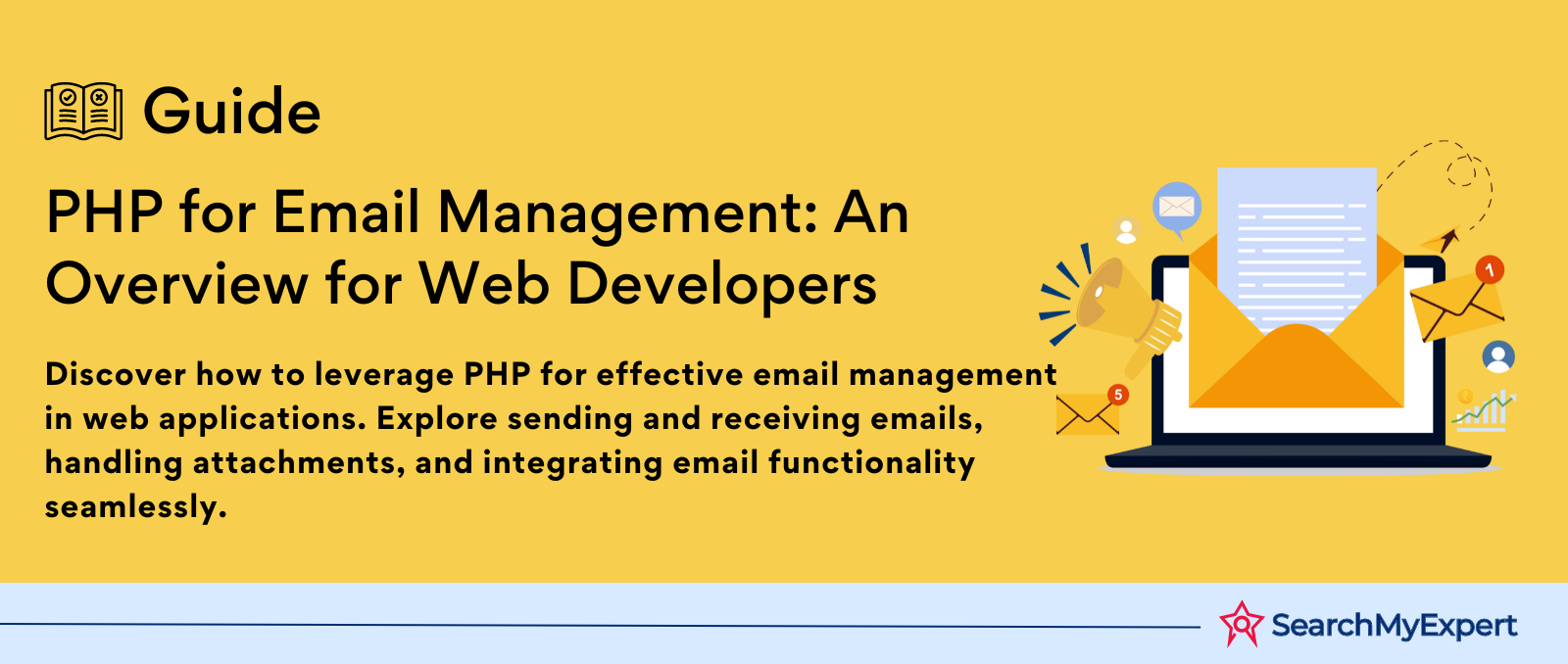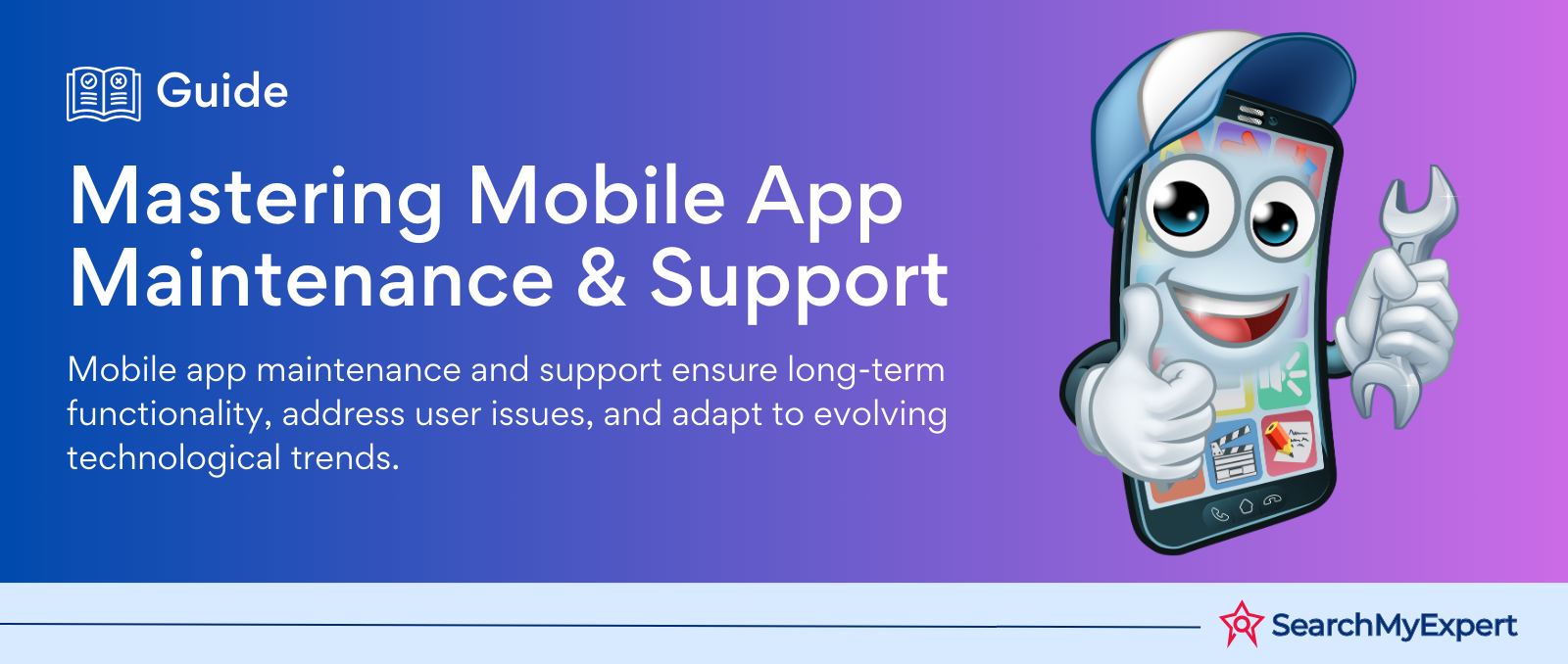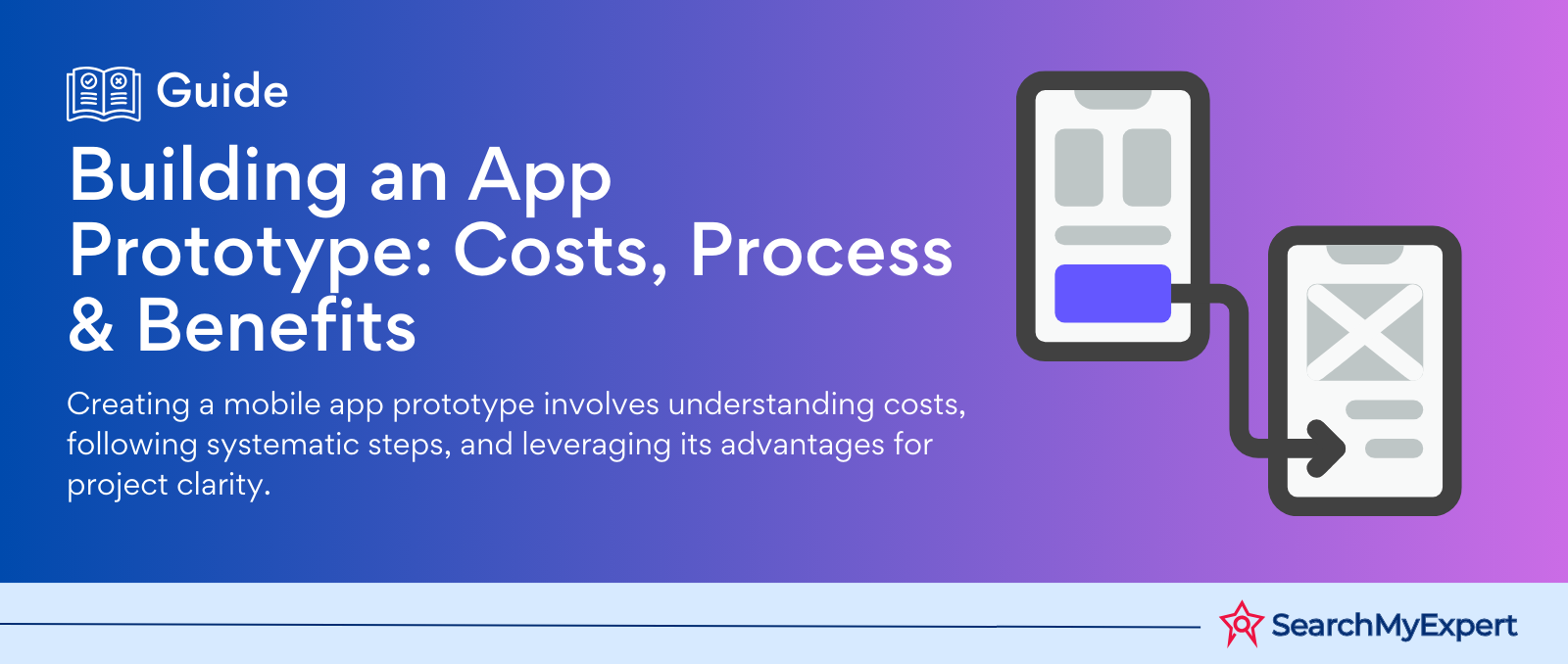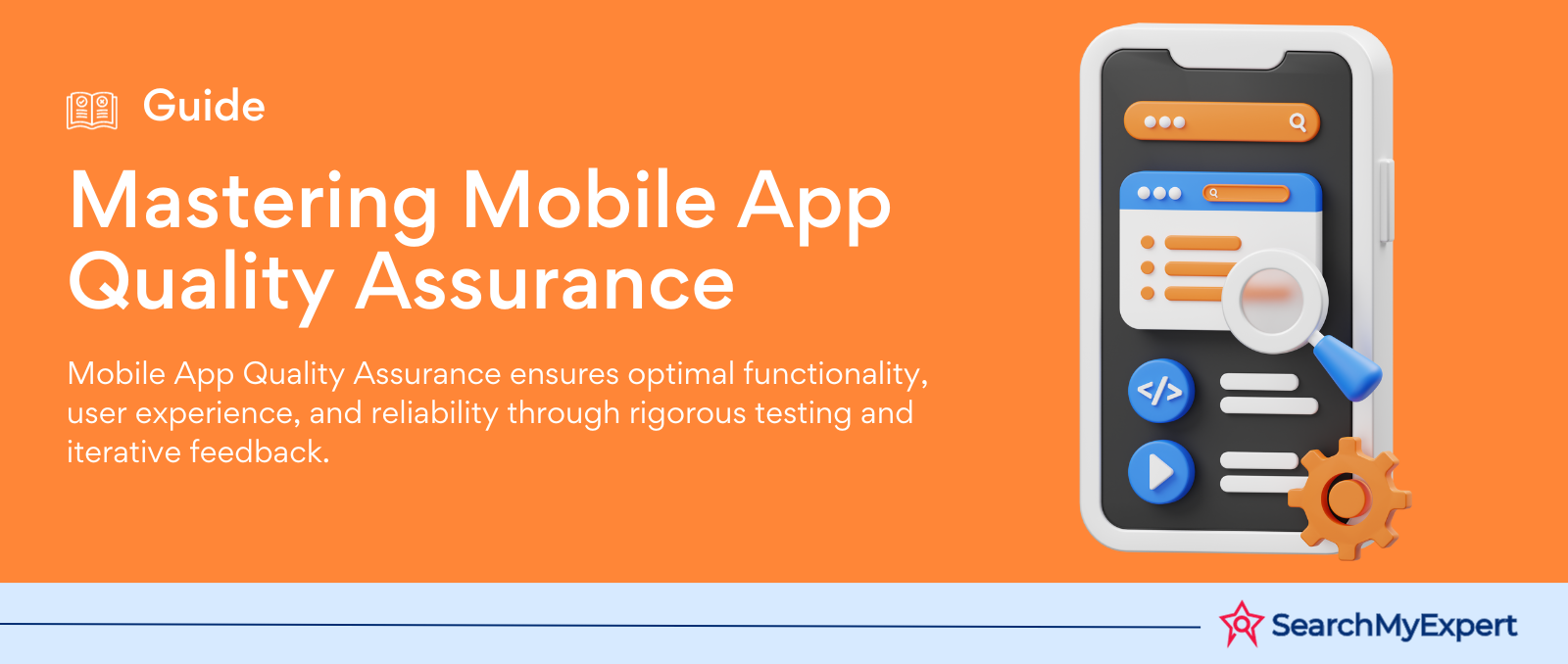PHP for Email Management: An Overview for Web Developers

PHP and Email Handling
The Essence of Email in Web Applications
Email stands as a cornerstone in digital communication. It's a fast, reliable, and universal way to exchange information. In the realm of web applications, email is indispensable. It bridges the gap between users and services, enabling notifications, authentication, and personalized interaction.
PHP: A Pillar in Server-Side Scripting
Enter PHP, a powerhouse in server-side scripting. Renowned for its simplicity and flexibility, PHP empowers web applications with dynamic content creation. But its prowess doesn't end there. PHP's ability to handle emails is a game-changer.
PHP and Email: A Dynamic Duo
Why PHP for emails? It's all about automation and customization. PHP scripts can send emails automatically, respond to user actions, and personalize content. This means everything from automated account verification emails to tailored newsletters. PHP's email handling capabilities turn routine communication tasks into efficient, automated processes.
Sending Emails in PHP: Tools and Techniques
PHP’s Built-In Mail Function
PHP’s mail() function is the linchpin of email sending. Simple yet powerful, it’s the go-to for many developers. Just a few lines of code, and you're dispatching emails from your application.
Advanced Libraries: SwiftMailer and Beyond
When complexity calls, libraries like SwiftMailer step in. They offer advanced features - SMTP support, HTML content, and attachments. They turn PHP into a robust email-sending machine.
Anatomy of an Email
- Headers: The control tower of an email. They manage sender info, recipient details, and more.
- Body: The heart of the message. Can be plain text or HTML for a richer experience.
- Attachments: Adding files? They’re handled here. Think PDFs, images, and documents.
Crafting the Email
- Sender Information: It’s all about credibility. Set the From header to establish trust.
- Formatting Content: Go plain or HTML. HTML lets you infuse style and branding.
- Attachments: Handle with care. Attachments need proper encoding and size consideration.
Security Considerations in PHP Email Handling
The Threat Landscape
Sending emails via PHP is not without risks. Two prominent dangers are spamming and spoofing. Spammers can misuse your system to send bulk unwanted emails, while spoofers may fake sender information, and mislead recipients.
Fortifying Your Email System
- Email Address Validation: Crucial first step. Validate email formats to ensure they're legitimate.
- User Verification: Don’t just send emails blindly. Verify users' identities to prevent unauthorized access.
- Content Filtering: Scrutinize the content. Filter out harmful or suspicious elements to safeguard both sender and recipient.
The Shield of Email Authentication Protocols
- Sender Policy Framework (SPF): Validates sender IP addresses, reducing chances of spoofing.
- DomainKeys Identified Mail (DKIM): Adds a digital signature to emails. This verifies that the content hasn’t been tampered with in transit.
Receiving and Processing Emails: The Other Half of the Story
Harnessing POP3 and IMAP for Email Reception
Receiving emails in PHP? Two protocols stand out: POP3 and IMAP.
- POP3: Simple and straightforward. Downloads emails to your local server.
- IMAP: More advanced. Manages emails directly on the email server, allowing for multi-device access.
Deciphering Email Headers
Email headers are like the DNA of an email. They hold key info - sender, recipient, subject, and more. Parsing these headers in PHP is essential for extracting this valuable data.
Crafting Logic with Regular Expressions and Conditional Statements
- Regular Expressions: The scalpel of text processing. Use them to sift through email content, identify patterns, extract data, or even validate inputs.
- Conditional Statements: The backbone of logic. They let you make decisions based on email content - like sorting emails, triggering actions, or flagging important messages.
Building Interactive Email Forms: The Bridge Between User and Server
Creating Contact Forms in PHP
Interactive email forms are the backbone of user engagement. PHP makes it a breeze:
- Design the Form: HTML for structure, CSS for style.
- Integrate PHP: Capture and process user input.
- Configure to Send Emails: Use PHP’s mail capabilities to shoot off responses.
Ensuring Data Integrity: Server-Side Validation
Don't trust user input blindly! Implement server-side validation:
- Field Validity: Check if inputs are in the correct format.
- Data Sanitization: Cleanse the data to prevent security breaches.
The Art of Error Handling
Mistakes happen. Good error handling ensures a smooth user experience:
- User-Friendly Messages: Inform users about errors in a helpful way.
- Graceful Recovery Options: Allow users to correct inputs without frustration.
Confirmation Emails and Auto-Responders: The PHP Way
Seal the deal with automated responses:
- Confirmation Emails: Acknowledge receipt of user input.
- Auto-Responders: Triggered by specific user actions, these can provide additional information or next steps.
Advanced Email Techniques: Elevating PHP Email Capabilities
The Art of HTML Emails
Sending HTML emails with PHP opens a world of creativity:
- Rich Formatting: Bold text, colors, fonts - HTML brings emails to life.
- Embedded Images: From logos to banners, images make emails visually appealing.
Power of Email Templates
Templates in PHP? A huge time-saver:
- Reusable Layouts: Create once, use many times. Efficiency at its best.
- Content Personalization: Tailor messages to individual users. Adds a personal touch.
Syncing with Email Marketing Platforms
PHP meets marketing:
- Integrate platforms like Mailchimp or SendGrid.
- Automate marketing campaigns, track results, and manage subscribers directly from your PHP application.
Embracing PHP for Effective Email Management
The Unmatched Benefits of PHP in Email Handling
PHP revolutionizes email communication in web applications. Its simplicity, flexibility, and robust libraries make email handling a breeze. From basic sending and receiving to advanced processing and security, PHP covers it all.
The Road to Mastery
To delve deeper into PHP’s email capabilities:
- Explore More Libraries: Discover tools like PHPMailer for more features.
- Practice: Build your own email forms, and experiment with different protocols.
- Stay Updated: PHP evolves. Keep up with the latest versions and features.
Real-World Success Stories
Countless web applications thrive using PHP for email:
- E-Commerce Platforms: Automating order confirmations and customer interactions.
- Content Management Systems: Customized newsletter distributions.
- User Verification Systems: Secure and efficient account authentication.
PHP in email handling is not just about sending and receiving emails; it's about creating a seamless, secure, and personalized user experience.
Conclusion
PHP stands as a versatile tool in email handling for web applications. Its ease of use, coupled with powerful libraries like SwiftMailer and PHPMailer, makes it ideal for crafting, sending, and managing emails. From automated responses and form submissions to advanced security measures, PHP offers a comprehensive suite for efficient email communication. Whether it's for e-commerce, content management, or user authentication, PHP's capabilities enable robust and personalized email interactions. Embracing PHP for email tasks promises not only enhanced functionality but also a seamless user experience.
Build superior web solutions with
PHP Development Service Companies.
share this page if you liked it 😊
Other Related Blogs

Mastering Docker for App Development: A Comprehensive Guide to Benefits, Use-Cases, and Alternatives
STAY UP TO DATE
GET PATH'S LATEST
Receive bi-weekly updates from the SME, and get a heads up on upcoming events.
Contact Us











